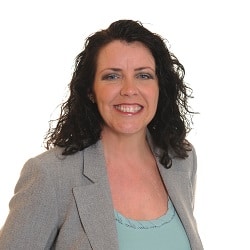
Hain: Prioritise profits over fee income growth
Sole practitioners have overtaken small firms with two to four partners in terms of profit per equity partner (PEP), a survey has found.
Sole practitioners also led the way in fee income growth, recording a 12% increase last year, compared with a 2% fall for two-four partner firms.
There was a bigger fall of 3% for firms with over 25 partners. Firms with five to ten partners fared better, with a 9% increase in fee income.
The report, by national accountancy network MHA, said there had been an increase in start-ups and niche practices, fuelled by “decent fees and very low overheads”, and a rise in small firms “with succession issues” looking to be acquired.
For all sizes of law firm, PEP increased by more than £15,000, apart from those with 11-25 or partners where there was a 3% fall.
“The stalling of the PEP for 11-25 partner firms seems to correlate with what appears to be a continued investment in new equity partners,” researchers said.
“When this happens, there tends to be a period of profit investment by the existing equity partners as the new equity partner grows into the role, increasing their own fee earning over time.”
However, firms with 11-25 partners remained ahead on net profit percentages, with 25%.
Percentages were up for almost every kind of firm, with the figure for sole practitioners rising the most, from 12% to 23%. There was a marginal drop for firms with 25 or more partners, to 24%.
Sole practitioners led the field in another area, lock-up, reducing their average number of days from 76 to 65 last year. Things were very different at two to four partner firms, which saw their average lock-up days increase from 123 to 130.
“Although the majority of firms have seen a decrease in the amount of cash tied up in lock-up since last year, there are still vast improvements which could be made. All bar the smallest firms have lock up days in excess of 100 days.
“This equates to lock-up per equity partner ranging from £67,000 to £385,000. For the largest firms, simply reducing lock-up by one day could generate nearly £46,000.”
Karen Hain, head of professional practices at MHA, said: “Our latest report demonstrates the importance of prioritising profits and margins over fee income growth.
“Firms that improve their efficiency will in turn benefit from greater profitability and financial stability, giving them a better chance of survival in this highly competitive and challenging market.
“Firms should be making changes now for a different future work environment and this starts by scrutinising their staffing mix, IT, management information and case management systems.
“They must maximise client relationships – understanding which service lines and clients are the most and least profitable – and have strategies in place to increase fees. Some of the most profitable practices focus on limited services and add value to their work as specialists.”














Leave a Comment